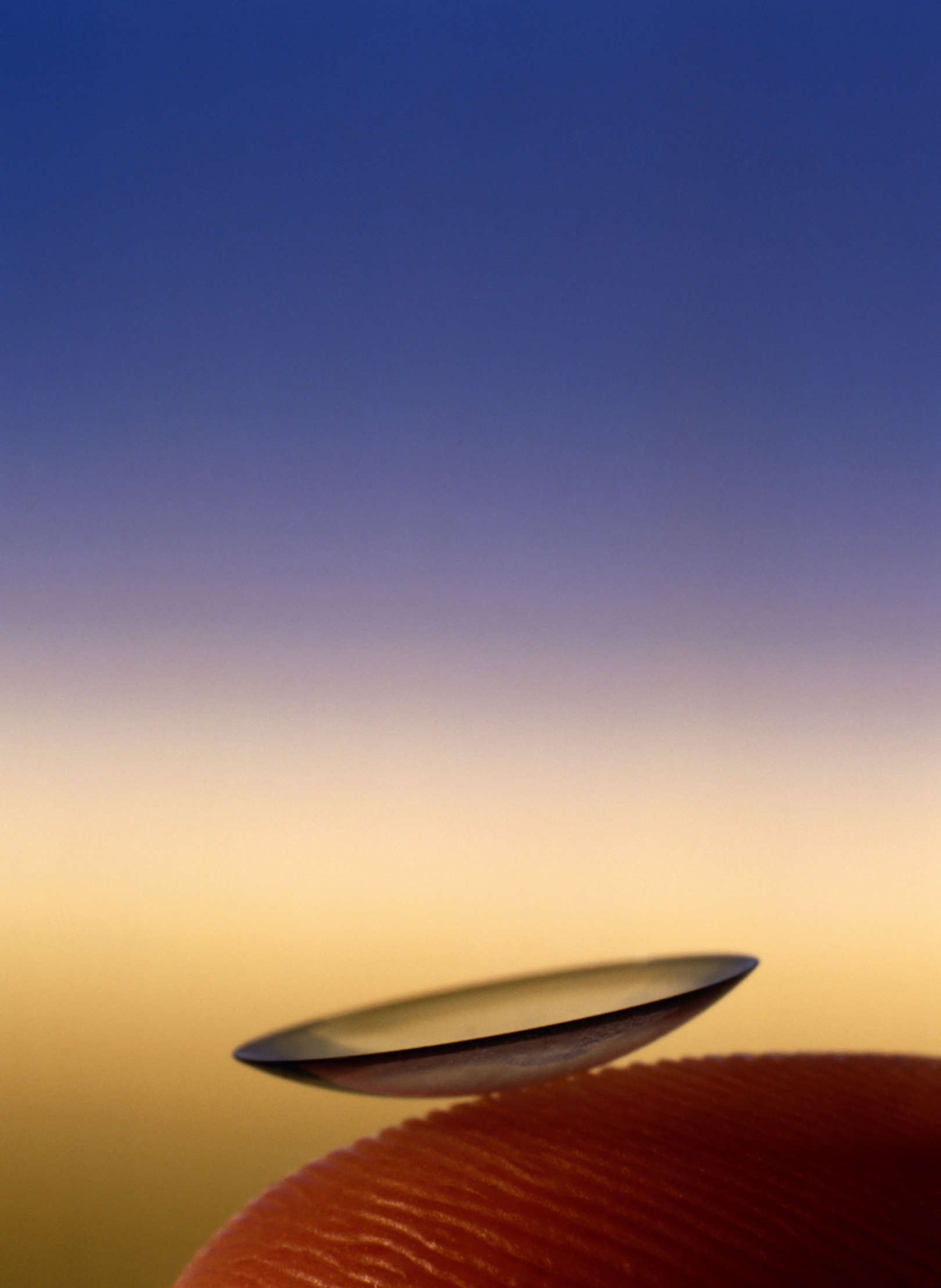Sobre
João M. Maia terminou o Mestrado Integrado em Engenharia Física na Universidade do Porto, Portugal em 2016. É atualmente estudante do programa doutoral de Física da mesma instituição.
Desde 2015, pertence ao centro de investigação INESC TEC, onde trabalha em micromaquinação com laser femtossegundo e optofluídica.


